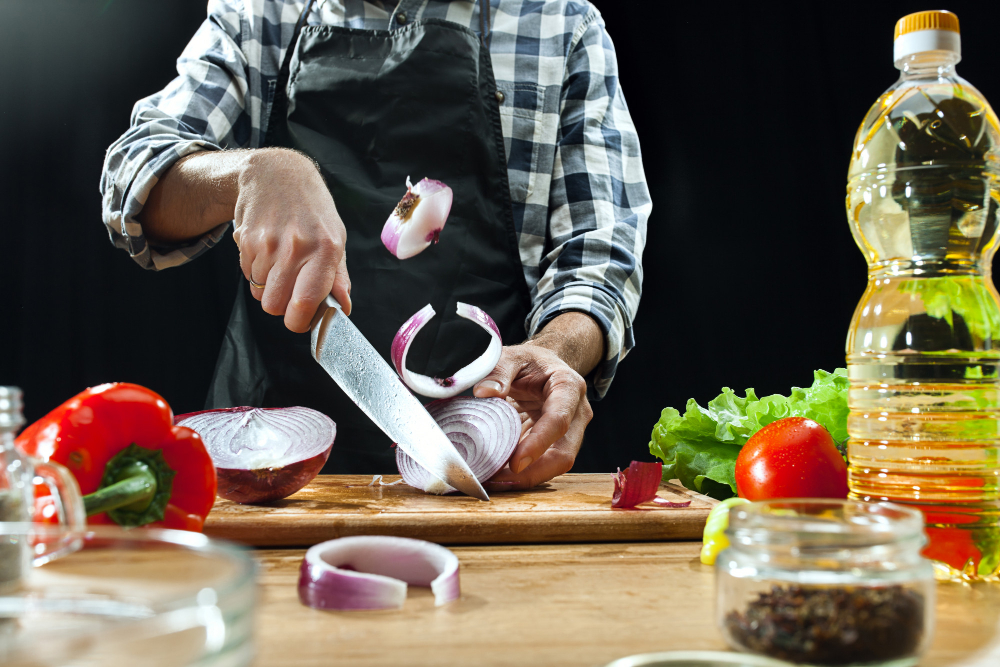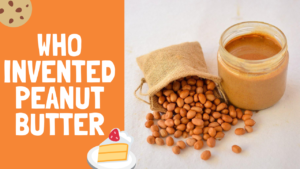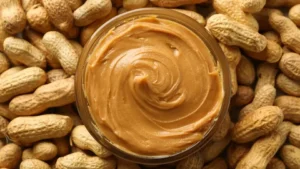Cutting-Edge Cuisine: Elevate Your Cooking with the Right Chef Knife
- 1 The Heart of the Kitchen: Chef Knives
- 1.1 Understanding Chef Knives:
- 1.2 Custom Knives: A Personal Touch to Culinary Excellence
- 1.3 The Art of Custom Knife Making:
- 1.4 Tailoring Your Knife to Your Style:
- 2 Finding the Best Chef Knife for You
- 2.1 1. Blade Material:
- 2.2 2. Handle Comfort:
- 2.3 3. Blade Shape:
- 2.4 4. Size Matters:
- 2.5 5. Budget Considerations:
- 3 Caring for Your Chef Knife
- 4 Conclusion: Elevate Your Culinary Journey
In the world of culinary mastery, the right tools can make all the difference. One essential tool that stands out in every chef’s arsenal is the chef knife. This unassuming blade is not just a kitchen accessory; it’s a culinary companion that can elevate your cooking to new heights. In this guide, we’ll explore the significance of the chef knife, delve into the world of custom knives, and help you find the best chef knife for your culinary adventures.
The Heart of the Kitchen: Chef Knives
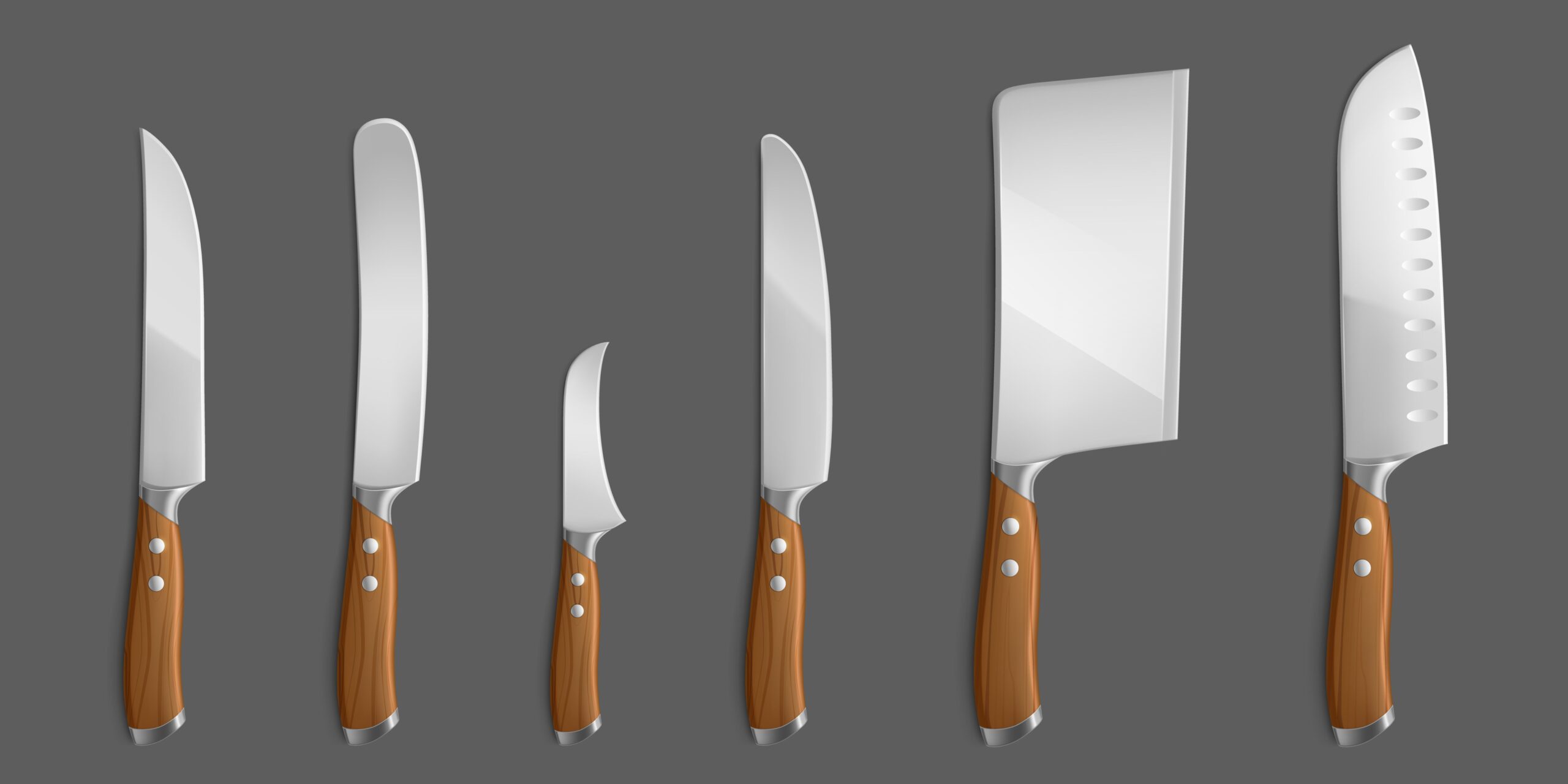
A chef knife is more than just a utensil; it’s an extension of a chef’s hand, a precision instrument that can turn ingredients into works of art. The versatility of a good chef knife makes it an indispensable tool in the kitchen. From chopping and dicing to slicing and mincing, a well-crafted chef knife simplifies these tasks, making your cooking experience smoother and more enjoyable.
Understanding Chef Knives:
Before we dive into the specifics, let’s understand the anatomy of a chef’s knife. The blade, handle, and tang collectively contribute to the knife’s performance. A high-quality blade ensures sharpness and durability, while the handle provides Comfort and control. The tang, or the extension of the blade into the handle, adds balance to the knife.
Custom Knives: A Personal Touch to Culinary Excellence
While mass-produced chef knives have their merits, custom knives offer a unique opportunity for personalization. Imagine a knife crafted to fit your hand perfectly, with a blade designed for your specific cooking style. Custom knives are not just tools; they are expressions of craftsmanship and individuality.
The Art of Custom Knife Making:
Every custom knife tells a story. From the selection of materials to the forging and shaping process, each step is a testament to the artisan’s skill. The result is a knife that not only meets your functional needs but also resonates with your aesthetic preferences. Custom knives are investments in both form and function, adding a touch of luxury to your kitchen.
Tailoring Your Knife to Your Style:
One of the advantages of a custom chef knife is the ability to tailor it to your unique cooking style. Whether you prefer a heavier blade for precise cuts or a lighter one for graceful movements, a custom knife can be designed to match your preferences. The handle shape, the type of steel used, and even the aesthetic details are all customizable, creating a knife that feels like a natural extension of your culinary creativity.
Finding the Best Chef Knife for You

The search for the best chef knife can be overwhelming, given the multitude of options available. However, understanding your needs and preferences can simplify the process. Here are some factors to consider when selecting the perfect chef knife for your kitchen:
1. Blade Material:
The material of the blade significantly impacts its performance. High-carbon stainless steel is a popular choice for its durability and resistance to corrosion. Damascus steel, known for its distinctive wavy pattern, combines strength with a razor-sharp edge. Consider your budget and maintenance preferences when choosing the right blade material for you.
2. Handle Comfort:
The handle of a chef knife should feel comfortable and provide a secure grip. Whether you prefer a classic wooden handle or a modern synthetic one, make sure it feels right in your hand. Some handles are ergonomically designed to reduce fatigue during extended use, a crucial consideration for avid home cooks and professional chefs alike.
3. Blade Shape:
Chef knives come in various blade shapes, each suited to different tasks. The classic French or German-style blade is versatile, while a Japanese-style Santoku knife excels at precision slicing and dicing. Consider the types of dishes you frequently prepare to determine the most suitable blade shape for your needs.
4. Size Matters:
The size of the chef knife you choose should align with your Comfort and the tasks you perform. A standard 8-inch blade is a popular choice for its balance of versatility and control. However, if you prefer a smaller or larger knife, choose a size that feels natural in your hand and suits your cutting style.
5. Budget Considerations:
Chef knives come in a wide range of prices, and while it’s tempting to splurge on a high-end model, there are excellent options at every price point. Set a budget based on your needs and explore knives within that range. Remember that a well-maintained knife, regardless of the price, can be a reliable kitchen companion for years.
Caring for Your Chef Knife
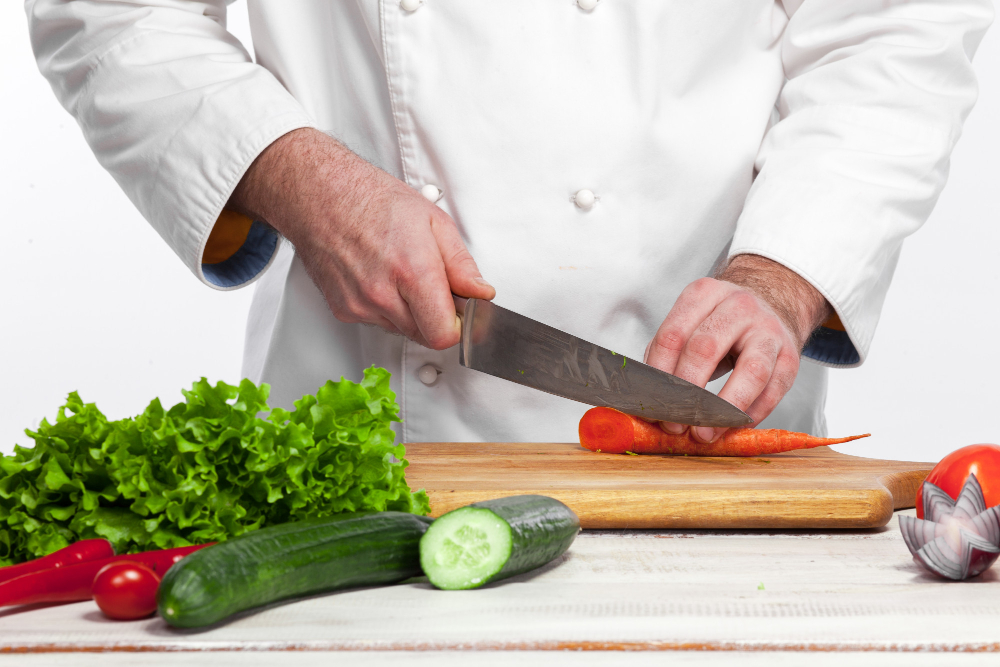
Once you’ve found the perfect chef knife, proper care is essential to ensure its longevity and performance. Here are some tips for maintaining your chef knife:
1. Regular Sharpening:
Keeping your chef knife sharp is crucial for optimal performance. Invest in a quality knife sharpener or learn to use a honing rod to maintain the blade’s edge. A sharp knife not only makes cutting more efficient but also reduces the risk of accidents.
2. Hand Washing:
While some chef knives are labelled as dishwasher-safe, hand washing is the preferred method for maintaining their condition. Use mild dish soap and a soft sponge to clean the blade and handle, and dry the knife immediately to prevent corrosion.
3. Storage Solutions:
Storing your chef knife properly is essential to prevent damage and accidents. Consider using a magnetic strip, a knife block, or blade guards to protect the blade when not in use. Avoid tossing your chef knife into a drawer with other utensils, as it can lead to nicks and scratches.
Conclusion: Elevate Your Culinary Journey
In conclusion, a chef knife is not just a tool; it’s a key player in the symphony of flavours you create in your kitchen. Whether you opt for a traditional chef knife or venture into the realm of custom knives, finding the right blade for your cooking style can elevate your culinary journey. Consider your preferences, explore different options, and invest in a chef knife that becomes an extension of your culinary passion. With the right chef knife in hand, you’re not just cooking; you’re crafting a masterpiece in every dish you prepare.

